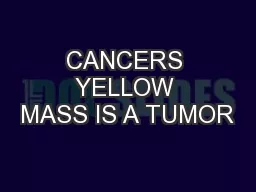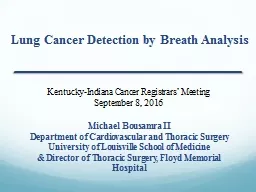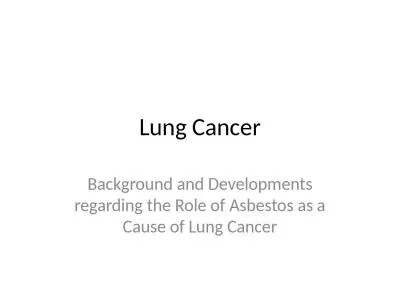PPT-Environmental Cancers Melanoma and Lung Cancer
Author : dorothy | Published Date : 2023-07-22
Lara K Goudsouzian PhD Associate Professor of Biology DeSales University Laragoudsouziandesalesedu Melanoma Melanocytes Produce Melanin Melanin is a dark pigment
Presentation Embed Code
Download Presentation
Download Presentation The PPT/PDF document "Environmental Cancers Melanoma and Lung ..." is the property of its rightful owner. Permission is granted to download and print the materials on this website for personal, non-commercial use only, and to display it on your personal computer provided you do not modify the materials and that you retain all copyright notices contained in the materials. By downloading content from our website, you accept the terms of this agreement.
Environmental Cancers Melanoma and Lung Cancer: Transcript
Download Rules Of Document
"Environmental Cancers Melanoma and Lung Cancer"The content belongs to its owner. You may download and print it for personal use, without modification, and keep all copyright notices. By downloading, you agree to these terms.
Related Documents














